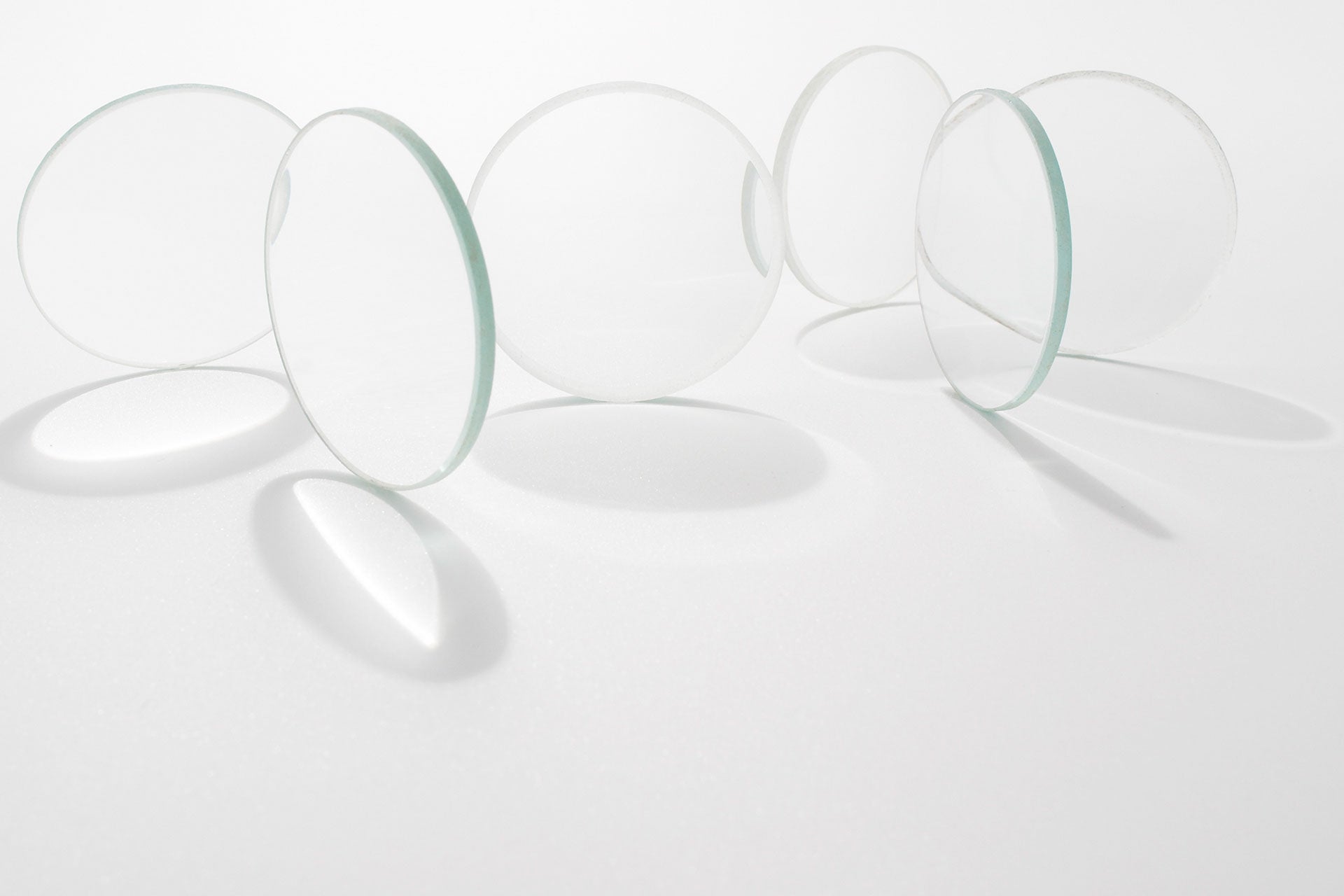Article: Difference between Single Vision Lenses and Progressive Prescription Lenses

Difference between Single Vision Lenses and Progressive Prescription Lenses
Do you know what progressive glasses are? Perhaps you are wondering what the difference is between Single Vision Lenses and Progressive Prescription Lenses. We will talk about the difference between the two now:
What Are Single Vision Lenses?
Single-vision Prescription Lenses are the most common type of RX lenses. Eyeglasses or sunglasses with single-vision lenses correct sight for one specified distance. This includes a corrective vision for distance, reading, or when working on the computer.
What Are Progressive Lenses?
Progressive Lenses are a type of multi-focal lens specifically for people who need corrective lenses to see distant and close-up objects. To put it plainly, these lenses allow you to see clearly at multiple distances without a bifocal line.

Almost anyone with a vision problem can wear progressive lenses, but they are typically needed by people over age 40 who have presbyopia -- their vision blurs when they're doing closeup work like reading or sewing. Progressive lenses can be used for children, too, to prevent increasing myopia.
What Is the Difference Between Single Vision Lenses and Progressive Lenses?
Single vision lenses correct for one focal length, while progressive lenses correct for distance, reading, and everything in between – all in the one lens.
Progressive lenses are more costly than single vision, but will generally cost less (in the long run) than purchasing multiple pairs of single vision glasses.
Difference between progressive lenses and transitional lenses.
FAQ
1. What are the benefits of progressive lenses?
One pair of eyeglasses for everything
A progressive lens is preferable to a single-vision lens for specific individuals because it enables them to see correctly at varied ranges without carrying a separate set of glasses. A progressive lens serves as both a solitary and writing lens, allowing you to have only one set of glasses.
No distracting bifocal line
Progressive lenses provide the advantages of multiple lenses without the need for a multi-focal connection. You won’t be dealing with abrupt sharp shifts, which are typical with bifocal lines because progressive lenses feature a steady adjustment in lens intensity.
Modern, youthful glasses
Progressive glasses allow you to have a wider choice of styles. It also allows you to avoid the disadvantages of bifocals.
2. How do I read a progressive lens prescription?
A progressive prescription will have an ADD value. This is used when you require a prescription for both distances and reading meaning it is for progressives. It is shown as an ADD value with a plus (+) sign with a number.
The article shares about ADD prescription.
3. How to adapt to Progressive Lenses?
Because of how they’re designed, there’s an adaptation period in learning to wear your progressive lenses.
For new wearers, get used to your new lenses gradually by increasing how much time you wear them over the first few days. Try not to switch between different glasses, since this will lengthen your period of adaptation. The common complaint about the first-time progressive wearers is the minimized peripheral field of view, especially in the intermediate distance range. More modern progressive designs, such as digital surfacing, minimize this issue.
For experienced wearers, a new pair of progressives–even in the same prescription–can still have a slight adaptation period. This is because no two pairs of progressive glasses are the same. For example, some people are more sensitive to viewing through multiple areas in a small lens, so switching to frames with a larger lens size can provide greater comfort and ease in adaptation.
While most users have great success with wearing progressives, they aren’t for everybody. If you’re still having trouble adapting after a couple of weeks, with headaches or feeling off-balance, contact your eye doctor to check your prescription and lens placement.
More details about how to adapt progressive lenses.





